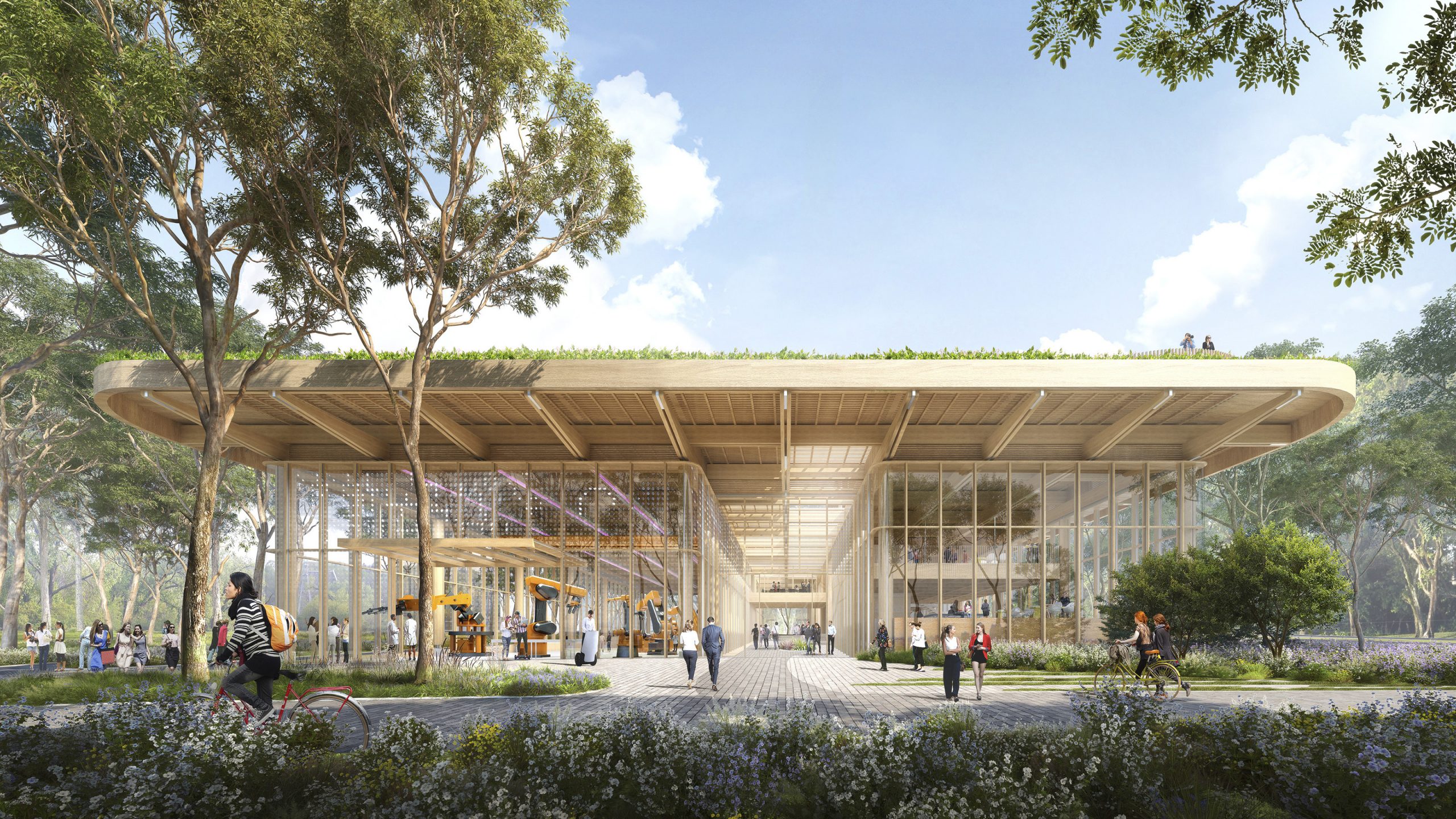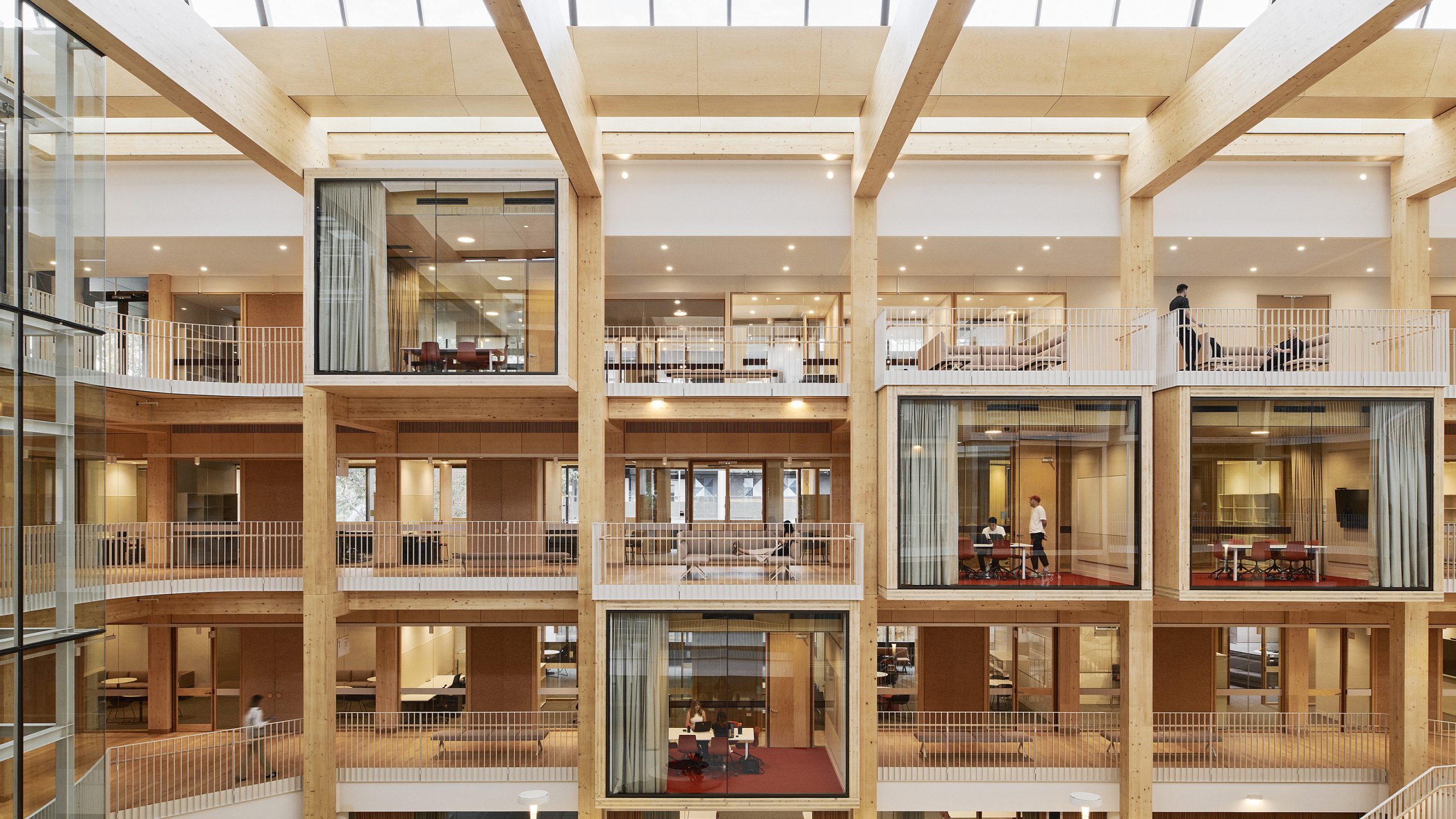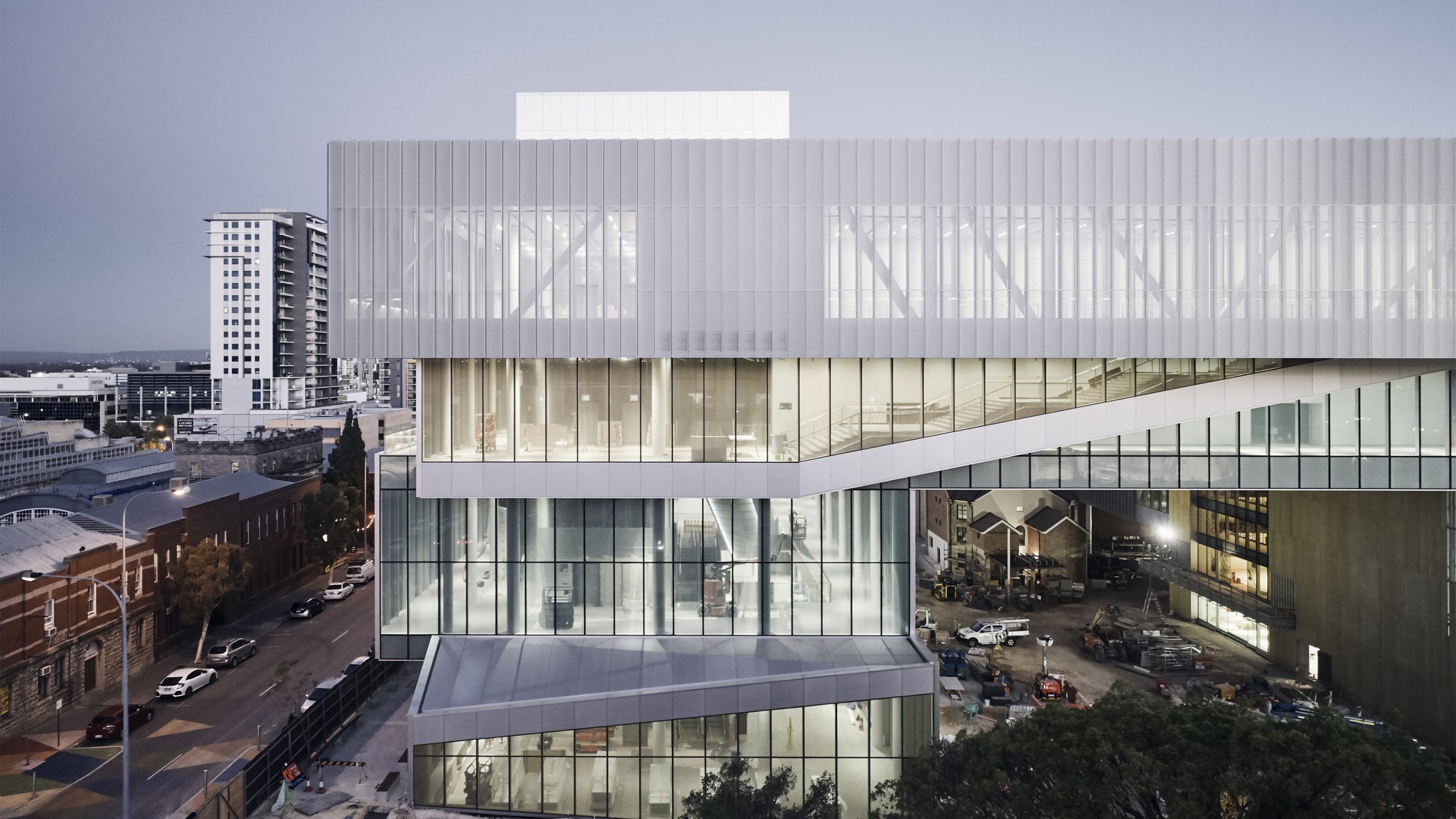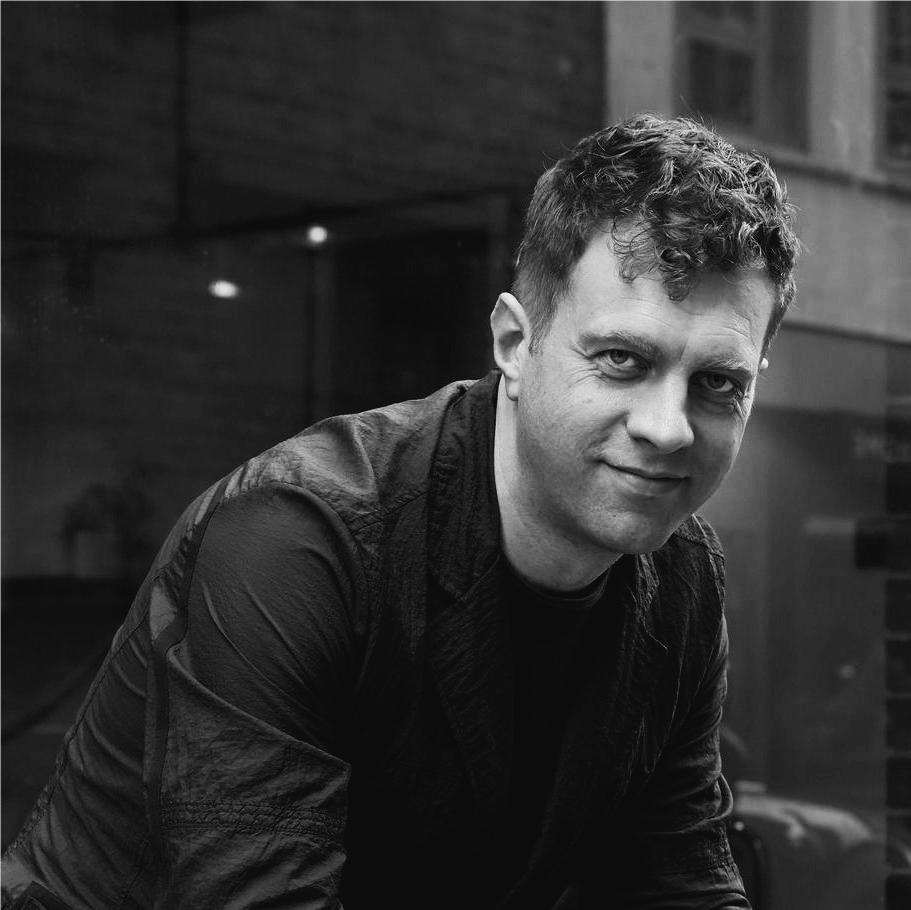Biography
ABOUT
Xavier De Kestelier is an architect and design innovator, and Head of Design at international design practice Hassell. With a career spanning over two decades, he has been at the forefront of computational design, digital fabrication, and additive manufacturing, leading transformative projects across architecture and extreme environments. A pioneer in space architecture, Xavier has collaborated with NASA and the European Space Agency (ESA) on visionary concepts for extra-terrestrial habitats, pushing the boundaries of sustainable design beyond Earth. His expertise in parametric design and digital construction has positioned him as a leader in the industry, shaping the future of architecture through cutting-edge research and real-world applications. Beyond his work at Hassell, Xavier was a Director of Smartgeometry, a non-profit educational organization dedicated to computational design and digital fabrication. He has played a pivotal role in fostering a global network of specialists in these fields. His passion for education and knowledge-sharing is reflected in his academic roles at Syracuse University (London), the University of Ghent (Belgium), and The Bartlett (London), where he has mentored the next generation of architects and innovators. Notably, he has also led work on the Bidi Bidi Performing Arts Centre, the first cultural building in Bidi Bidi, one of the world’s largest refugee settlements, demonstrating his commitment to socially impactful architecture. Xavier De Kestelier continues to drive innovation and push the limits of architectural design, merging technology, sustainability, and human-centred solutions for both Earth and beyond.
AWARDS
Registered Architect; Member, Royal Institute of British Architects
SHORT DESCRIPTION OF THE OFFICE
Hassell works across architecture, landscape architecture, interior design and urban design – a rich multi-disciplinary mix of skills and perspectives that unlocks the economic, social and cultural value of projects. We combine our creative design expertise with capabilities in strategy, research, technology and experience design, and we regularly collaborate with experts and partners from further afield. Through our work, we’re trying to build a more inclusive, sustainable future for communities – and create a more socially and ecologically resilient world.
AWARDS OF THE STUDIO
First Light Pavilion: Winner, 64th Annual Civic Trust Awards; Herston Quarter: Winner, 2023 AIA National Award for Urban Design; Advanced Engineering Building: Winner, 2014 AIA National Sir Zelman Cowen Award – Public Architecture; Darling Harbour: 2018 AIA National The Walter Burley Griffin Award for Urban Design
PROJECTS TO BE PRESENTED DURING THE EVENT
Project #1: First Building, Bradfield City Centre
Start year: 26.07.2021

The First Building places sustainability at its heart — and restores Indigenous Australian culture as the lifeblood of the land. Facing the future while honouring the past, the First Building — housing Stage 1 of the Advanced Manufacturing Readiness Facility (AMRF) — is a collaborative space for government, industry and research to incubate innovative manufacturing projects. As the name implies, it’s also the first building designed for the new city of Bradfield and the surrounding area of Aerotropolis, the new urban region set to transform Western Sydney. This unique workplace features a visitor centre and public viewing spaces designed to showcase the real-time building progress of Australia’s newest sustainable, connected city. With the design informed by First Nations cultural research and design agency Djinjama, the First Building is a celebration of the meandering and ephemeral water of the Cumberland Plain. It reinstates the site’s permeability, collecting and filtering the building and the site’s runoff across — through a richly planted landscape of Cumberland Plain plant species and water features.
Project #2: Michael Kirby Building Macquarie University
Start year: 18.11.2020

The Hassell-designed Lunar Habitat Master Plan is a ground-breaking modular concept that is the next step in creating the first permanent human settlement on the moon. Designed in close collaboration with the European Space Agency (ESA) for its Discovery programme, the Lunar Master Plan will inform the creation of a scalable habitat system that can accommodate a settlement of up to 144 people in reduced gravity. Working with anthropologists, psychologists, roboticists and astronauts, the pioneering concept focuses on what a settlement would need not only to survive but to thrive on the moon — from recreational, social and active spaces including restaurants and sports arenas to enriching earth-based environments such as large greenhouses. In a radically different approach to the monolithic shell structures previously proposed for lunar settlement, our design uses 3D-printed modular components that act as a protective outer layer. The tetrapod-shaped components are assembled like building blocks, interlocking to shield the habitat from the lethal levels of radiation on the moon. The components can be created using lunar soil sourced directly from the moon. They can then be 3D-printed on-site at the habitat, providing the means for sustainable construction growth.
Project #3: WA Museum Boola Bardip
Start year: 10.05.2018

With heritage and contemporary architecture framing vibrant communal spaces, WA Museum Boola Bardip celebrates the unique culture, history and landscape of Western Australia and contributes to revitalising the creative heart of its capital, Perth. Boola Bardip means ‘many stories’ in the Nyoongar language and the museum reflects a care for the shared heritage of all West Australians. A holistic investigation of the site, ecosystem and Indigenous culture informs the entire project. Going well beyond the brief, the design team turned the idea of a museum inside-out by asking ‘how are these buildings connected to Country?’ Close collaboration with the Museum’s Aboriginal Advisory Group and Indigenous Elders of the Whadjuk mob provided an opportunity to investigate and reinstate the significance of place. In a triumph of adaptive reuse, Hassell drove the restoration of five heritage-listed buildings and a series of creative interventions that reinvigorate once solid, heavy structures as permeable forms upgraded for exhibition excellence, universal access, and cultural connection.
